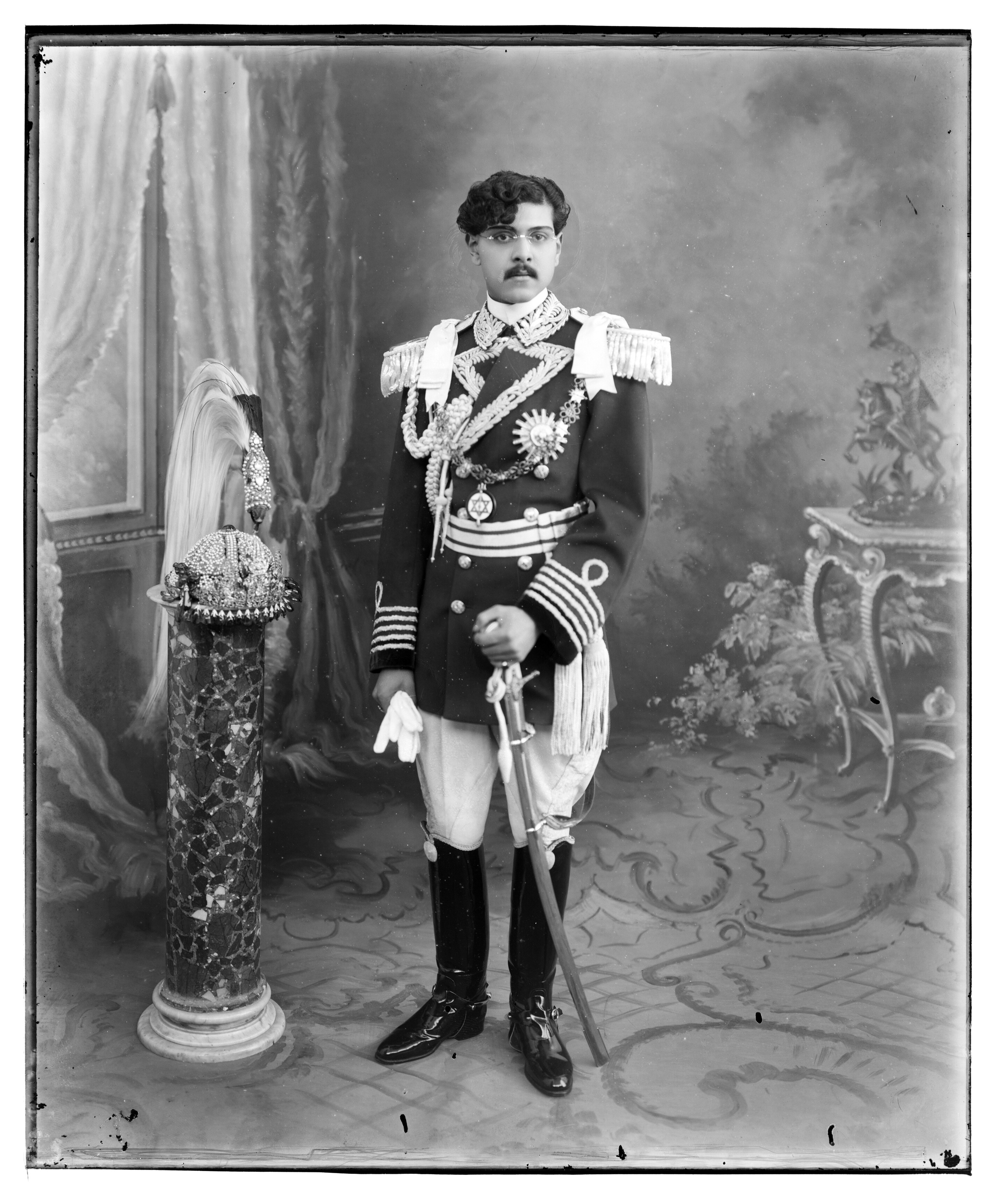
By Anshu Saluja
Acts of naming and renaming have become important to political calculations, with cities, localities and landmarks being renamed in recent times. Allahabad has been changed to Prayagraj and Faizabad gave way to Ayodhya. This trend is not limited to a single state. Recently, on a visit to Bhopal, the Prime Minister inaugurated the refurbished Habibganj Railway Station and “dedicated it to the nation”. It was also renamed as Rani Kamlapati Station, after a Gond queen who reigned in the area in the 18th century. While floating this new name, the BJP leadership has been quick to proclaim her as “the last Hindu ruler of Bhopal”.
This is not an isolated attempt to rewrite Bhopal’s history along communal lines, and efface the role and legacy of its Muslim rulers. Local leaders, including MLAs and municipal corporators, have made repeated attempts to rename Bhopal as Bhojpal, after Bhoj, a Parmar king who ruled over the Malwa region in the 11th century, whom they regard as the original founder of the city. In these narratives, the exploits of figures such as Bhoj and Kamlapati are privileged, while the developments that took place under Dost Muhammad Khan, who founded the state of Bhopal in the 18th century, and his successors are pushed aside.
Supporters of the Hindu right even go to the extent of claiming that the original city of Bhoj lies buried beneath the bustling marketplaces and mosques of present-day Bhopal. Through such attempts, history is purposely fragmented along communal lines.
The state of Bhopal was founded in 1722 by Dost Muhammad Khan, an Afghan adventurer who had served for a time in the Mughal army, before trying his fortunes in central India. His successors continued to rule over the state throughout the period of colonial domination as dependents of the British. In the 19th and early 20th centuries, the state was led by four remarkable Begums — Qudsia, Sikandar Jahan, Shah Jahan and Sultan Jahan. The line of Bhopal’s Begums ended with Sultan Jahan in 1926. Significantly, younger generations of Bhopal’s residents today seem, by and large, oblivious to this history. In 1947, the state of Bhopal acceded to the Indian Union. In 1949, it was formed into a chief commissioner’s province, and in 1956 it became the capital of the newly-reorganised state of Madhya Pradesh.
If we compare Bhopal to other major cities of Madhya Pradesh, namely Indore and Gwalior, which too were headquarters of princely states, a striking contrast emerges. In Indore, many prominent establishments and institutions bear the names of its former Holkar rulers. Likewise, in Gwalior, most localities and government buildings carry names of the scions of the Scindia clan. But in Bhopal, very few places bear names of the former royals.
The large-scale planning exercise, initiated, in the wake of the city’s declaration as the state capital, accounted for this difference. Bhopal’s bureaucrat planners deliberately disregarded its princely past. Neighbourhoods were identified by numbers — 45 Bungalows, 1100 Quarters and 1250 Quarters — rather than being named after people. Bus stops too got designated by numerals. But, even in this seemingly detached naming scheme, several Hindu icons found a place.
What started as a practice of disregarding Bhopal’s princely past gradually acquired far more sinister connotations. Over time, it came to be inflected by intentional subversion, misrepresentation and distortion. The initial consideration to suppress this shared past has come now to be supplemented by vigorous attempts to recast it, framing it in oppositional terms as either Muslim or Hindu. Of late, this project has been invested with considerable energy. And in this process, strategies of naming and renaming have been put to good use. The intent is evident — to overwrite residents’ collective cultural memory, dislocate experiences of mutual solidarities and, thereby, craft a sharply polarised present that can secure rich political returns.
This story first appeared on indianexpress.com






